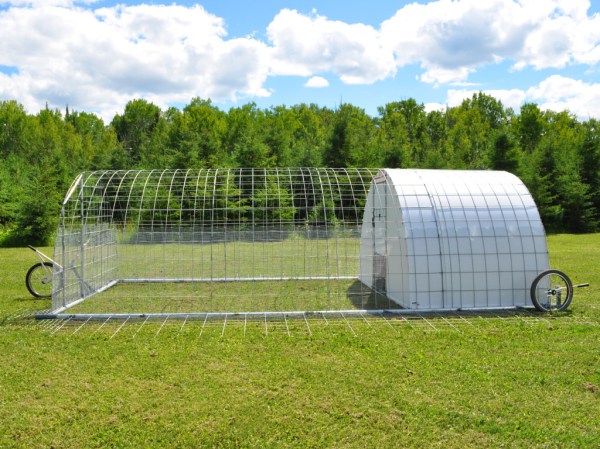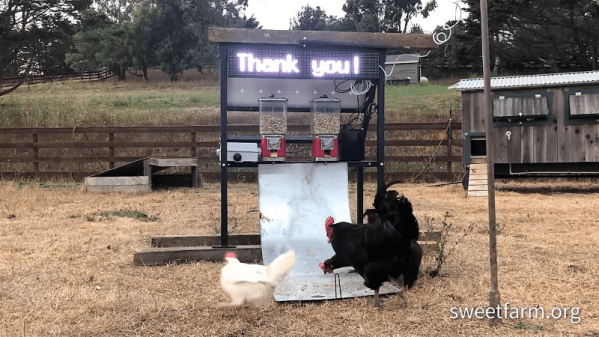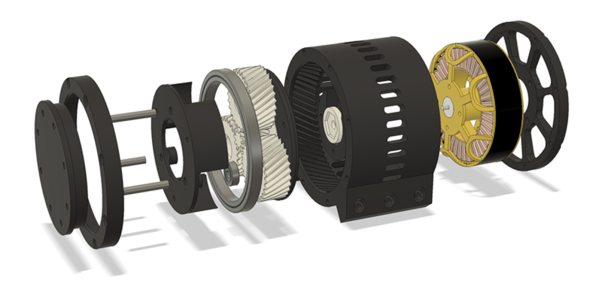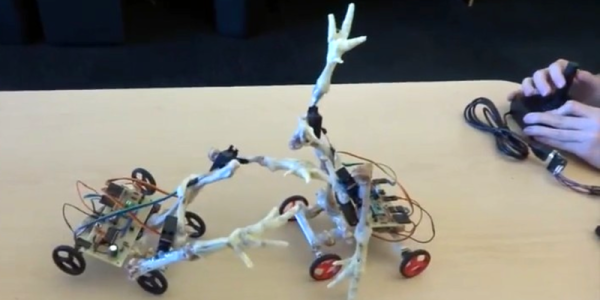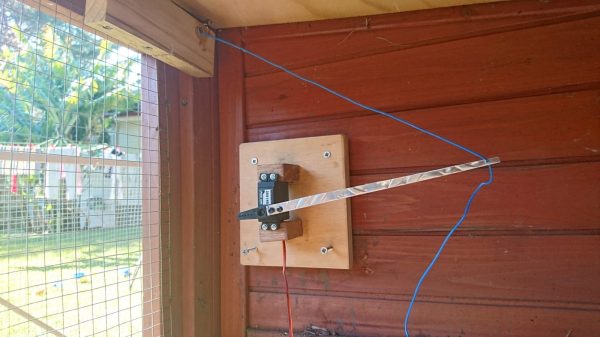While it’s not exactly in the same vein as other projects around here, like restoring vintage video game systems or tricking an ESP32 to output VGA, keeping chickens can also be a rewarding hobby. They make decent pets and can also provide you with eggs. You can also keep them on a surprisingly small amount of land, but if you have a larger farm you can use them to help condition the soil all over your property. For that you’ll need a mobile henhouse, and as [AtomicZombie] shows, they don’t all have to be towed by a tractor.
This henhouse is human-powered, meaning any regular human can lift it up and scoot it around to different areas without help from heavy equipment. It uses a set of bicycle wheels which rotate around to lift up the frame of the house. A steering wheel in the back allows it to be guided anywhere and then set down. It also has anti-digging protection, which is a must-have for any henhouse to keep the foxes out.
We like this one for its simplicity and ease-of-use. Not needing a tractor on a small farm can be a major cost savings, but if you really need one, [AtomicZombie] also designed a robust all-electric tractor-like device that we featured a little while back.
Continue reading “Human-Powered Henhouse Keeps Chickens On The Job”

